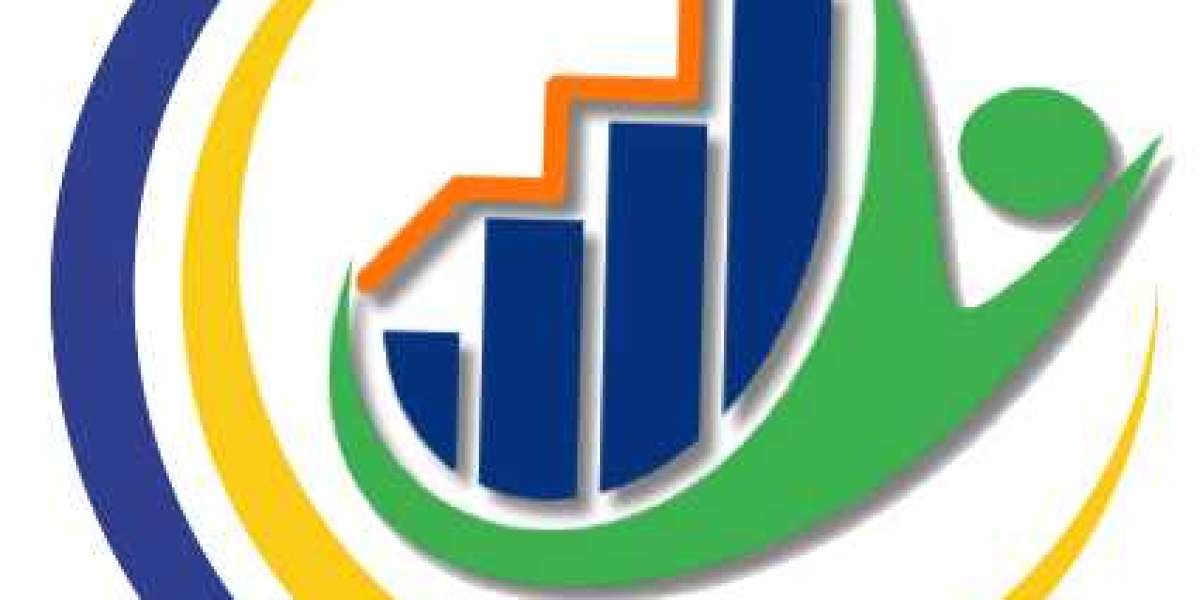Introduction
In today’s fast-paced digital landscape, businesses must build resilient systems that can adapt to ever-changing demands and unforeseen challenges. Pega’s cloud solutions offer a robust platform designed to enhance system resilience, ensuring continuous operation and minimal disruption. This article delves into how Pega’s cloud solutions contribute to building resilient systems, exploring key features, benefits, and best practices.
Understanding System Resilience
System resilience refers to the ability of a system to withstand and recover from unexpected disruptions. In the context of cloud computing, resilience encompasses various aspects such as uptime, scalability, disaster recovery, and security. A resilient system ensures business continuity, protecting critical operations from potential failures.
Pega’s Cloud Solutions: An Overview
Pega’s cloud solutions are engineered to provide a highly scalable, secure, and reliable environment for enterprise applications. These solutions leverage advanced cloud technologies to offer a comprehensive suite of tools and services tailored to meet the unique needs of businesses.
Key Features of Pega’s Cloud Solutions
Scalability: Pega’s cloud solutions are designed to handle varying workloads, automatically scaling resources up or down based on demand. This elasticity ensures that applications remain performant even during peak usage periods.
High Availability: Pega ensures high availability through redundant infrastructure and automatic failover mechanisms. This minimizes downtime and guarantees that services remain accessible to users.
Disaster Recovery: Pega’s cloud solutions include robust disaster recovery capabilities, with automated backups and replication across multiple geographic locations. This ensures that data can be quickly restored in the event of a failure.
Security: Pega prioritizes security with features such as encryption, multi-factor authentication, and regular security audits. These measures protect sensitive data and maintain compliance with industry standards.
Building Resilient Systems with Pega
Designing for Scalability and Flexibility
- Microservices Architecture: Adopt a microservices architecture to enhance flexibility and resilience. By breaking down applications into smaller, independent services, you can deploy, manage, and scale each component separately.
- Containerization: Utilize containerization technologies like Docker to ensure consistent deployment environments and improve fault isolation.
Ensuring High Availability
- Load Balancing: Implement load balancing to distribute traffic evenly across multiple servers, preventing any single point of failure.
- Redundant Infrastructure: Deploy redundant components and infrastructure to provide failover capabilities and reduce the risk of downtime.
Implementing Robust Disaster Recovery
- Automated Backups: Schedule regular automated backups to ensure data is consistently saved and can be restored when needed.
- Geographic Redundancy: Replicate data across multiple geographic locations to protect against regional outages.
Enhancing Security
- Encryption: Use encryption for data at rest and in transit to safeguard sensitive information.
- Access Controls: Implement strict access controls and multi-factor authentication to prevent unauthorized access.
Case Studies: Real-World Applications
Case Study 1: Financial Services
A leading financial services company leveraged Pega’s cloud solutions to enhance the resilience of its customer service platform. By implementing a microservices architecture and utilizing containerization, the company achieved greater flexibility and faster recovery times during peak demand periods.
Case Study 2: Healthcare
A healthcare provider utilized Pega’s cloud solutions to ensure high availability and disaster recovery for its patient management system. Through automated backups and geographic redundancy, the provider maintained continuous operation even during unexpected outages.
Best Practices for Maximizing Resilience with Pega
- Regularly Test Disaster Recovery Plans: Conduct regular tests to ensure that disaster recovery plans are effective and that staff are prepared to execute them.
- Monitor System Performance: Implement comprehensive monitoring tools to proactively identify and address potential issues before they impact operations.
- Stay Updated with Security Patches: Regularly update systems with the latest security patches to protect against emerging threats.
Conclusion
Building resilient systems is crucial for businesses to thrive in today’s dynamic environment. Pega’s cloud solutions provide a powerful foundation for enhancing system resilience through scalability, high availability, disaster recovery, and security. By adopting best practices and leveraging Pegaadvanced features, organizations can ensure their systems are robust, adaptable, and capable of withstanding unexpected challenges.



